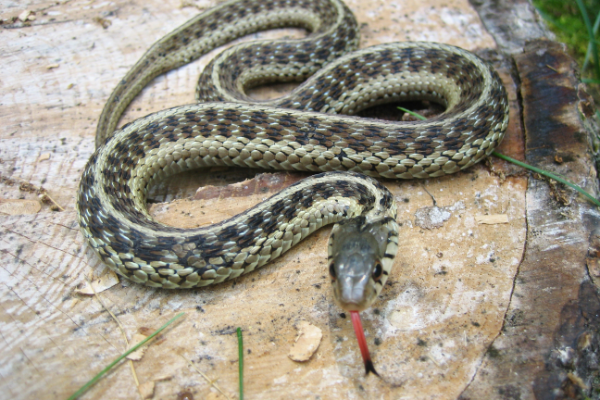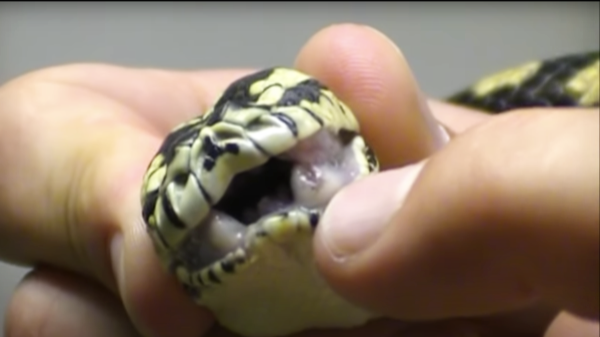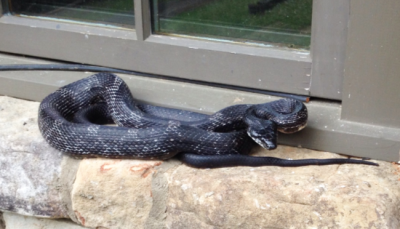Different Types of Snake Diseases

Snakes are very agile creatures. In fact, research that was published recently revealed that a snake’s strike lasts somewhere between 44 and 70 milliseconds. Now here’s the interesting part: It takes an average human around 200 milliseconds to blink an eye; this simply means that within the blink of an eye, a snake can strike its prey four times. That’s incredibly fast! I know you may be wondering, do these agile animals even fall sick? Well, just like every other animal that exists in nature, snakes also suffer from diseases.
Generally, when snakes fall sick they become inactive and mostly bury themselves underneath the soil. Some species of snakes won’t even eat due to appetite loss. In this article, we’ll be taking a look at different kinds of snake diseases and their various symptoms.
Infectious Stomatitis (mouth rot)

This is a mouth infection that appears as hemorrhage on the gums of a snake. A snake suffering from Infectious Stomatitis would have large amounts of thick mucus or pus in front of its mouth. In severe cases, symptoms like swollen mouth, severe breathing, appetite loss, and open mouth breathing would also be noticed. While the above symptoms are all indicators of mouth rot in a snake, they could also be pointing out other issues like poor nutrition, overcrowding, and improper environmental temperature.
Skin Infection (dermatitis)
This kind of disease is popular amongst snakes and other reptiles that live in moist habitats. Affected snakes may have red, inflamed skin with lots of blister-like lesions spread across its underside. If not treated quickly, these blisters may get infected with bacteria and deteriorate into septicemia (a severe skin disease that causes the death of hundreds of snakes annually).
Furthermore, snakes that live in dry habitats can also suffer from skin infections. Due to the low level of humidity in their environment, they may not be able to shed skin completely. With time, the retained skin pieces accumulate dirt and cause a bacterial infection.
Inclusion Body Disease (IBD)
The inclusion body disease is a viral disease that's peculiar to boas and pythons. While affected pythons will quickly show signs of sickness when attacked by this disease, affected boas may stay asymptomatic for a full year. Although this disease has various symptoms, it mostly attacks the nervous system of the affected snake and may leave it paralyzed. IBD is very deadly and can easily be transmitted from one snake to another.
Respiratory Infections
The respiratory tract of a snake is quite different from that of other animals. The majority of snakes have only one functional lung (normally the right lung; the left lung is either too small or non-existent). However, pythons and boas are different – they have two functional lungs. Nearly all the respiratory diseases in snakes are caused by bacteria and may occur alongside stomatitis.
Nonetheless, fungi, parasites, and viruses can also be pathogens of respiratory infections. Symptoms of this disease may include loss of appetite, sluggishness, heavy breathing, nasal discharge, and presence of excess mucus in the snake’s mouth.
